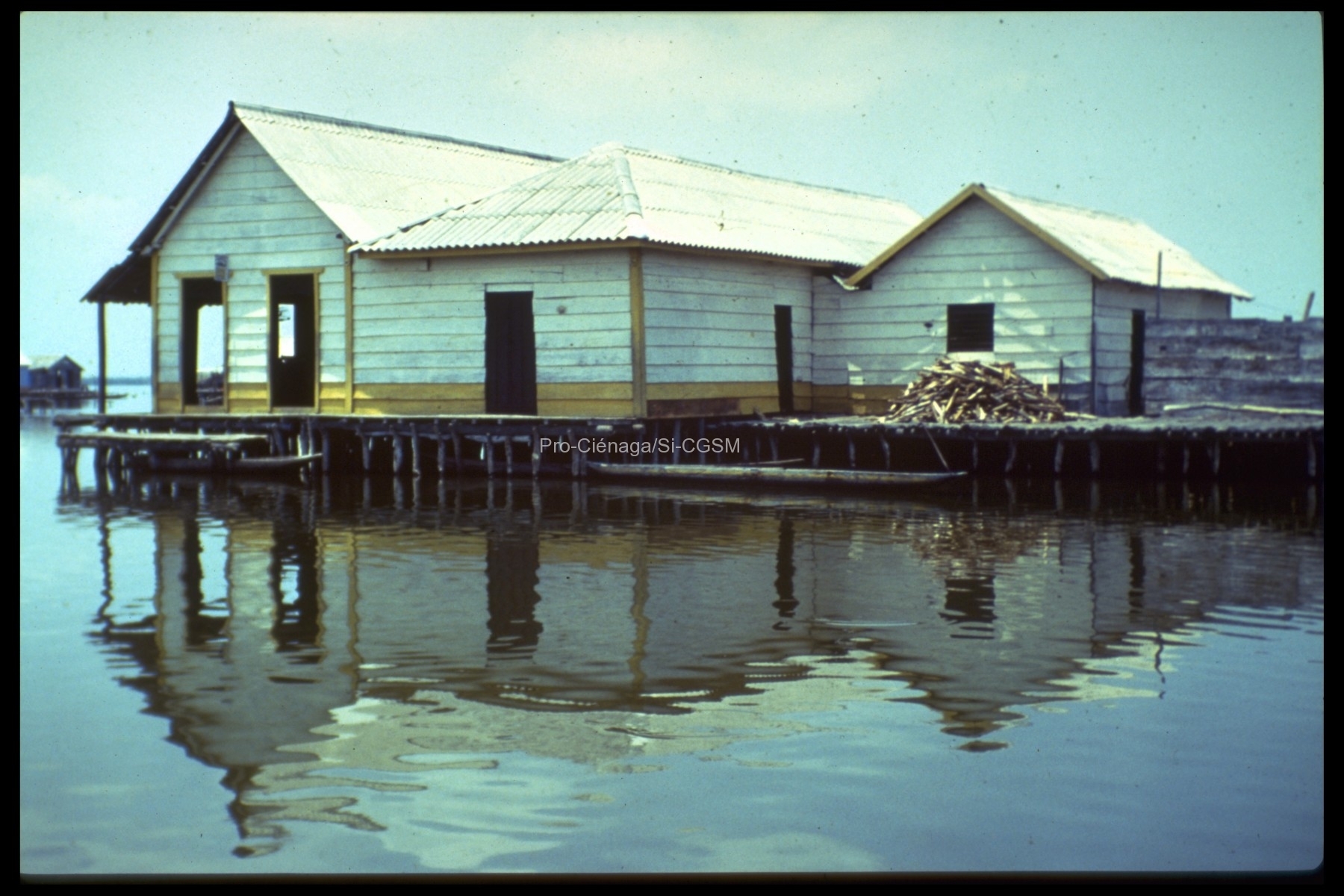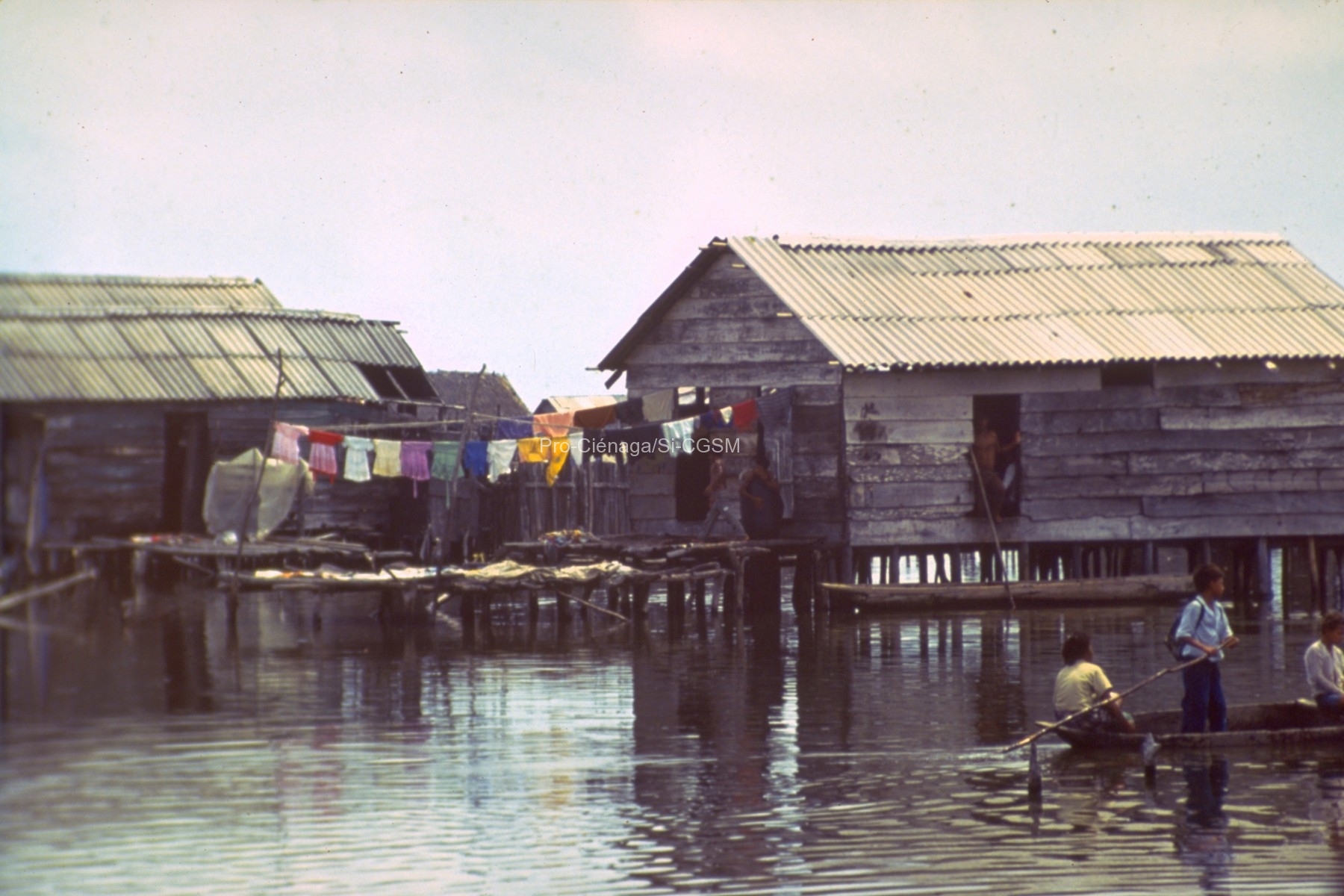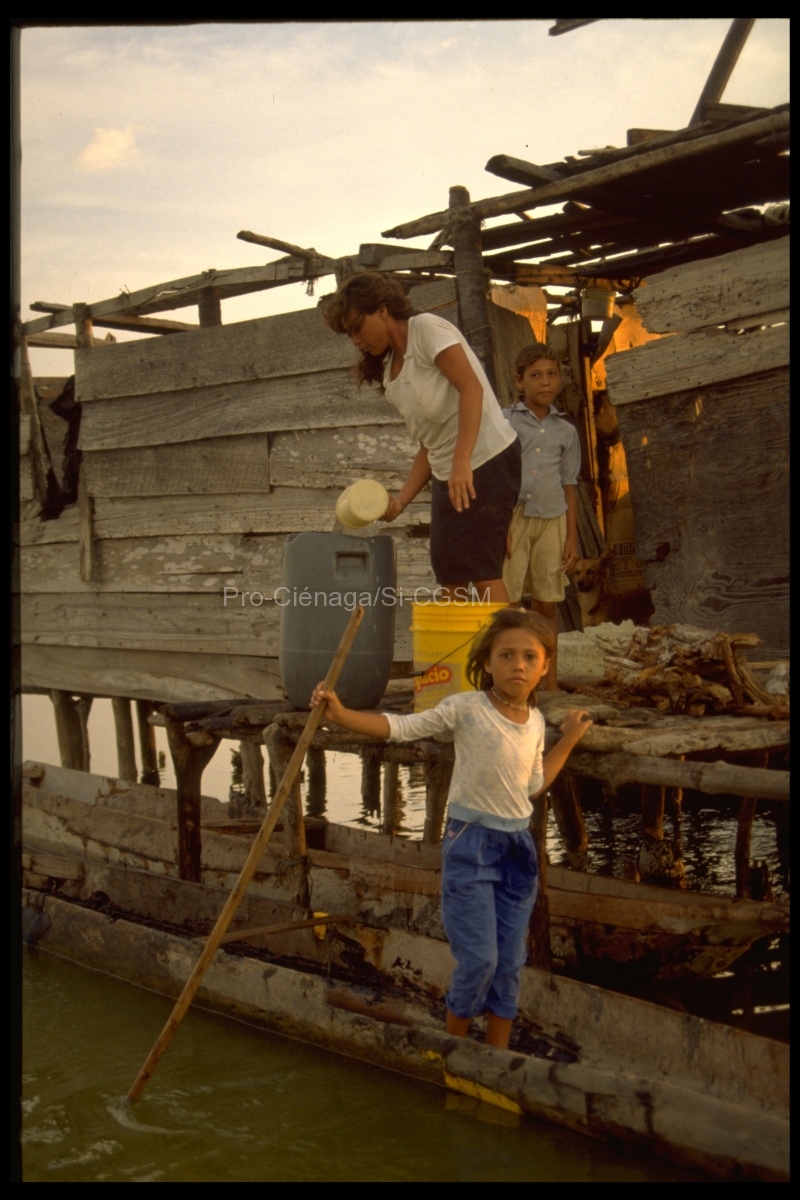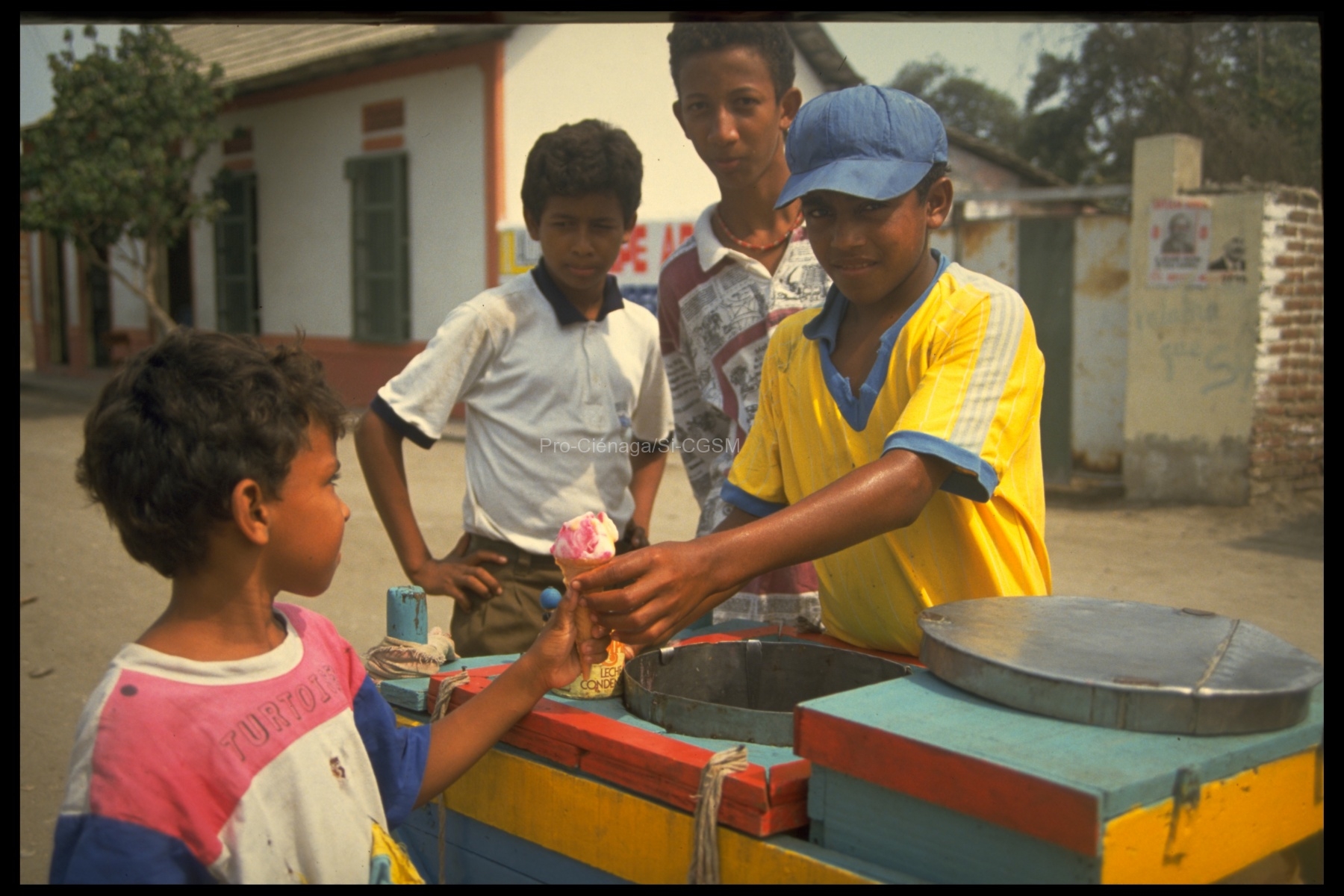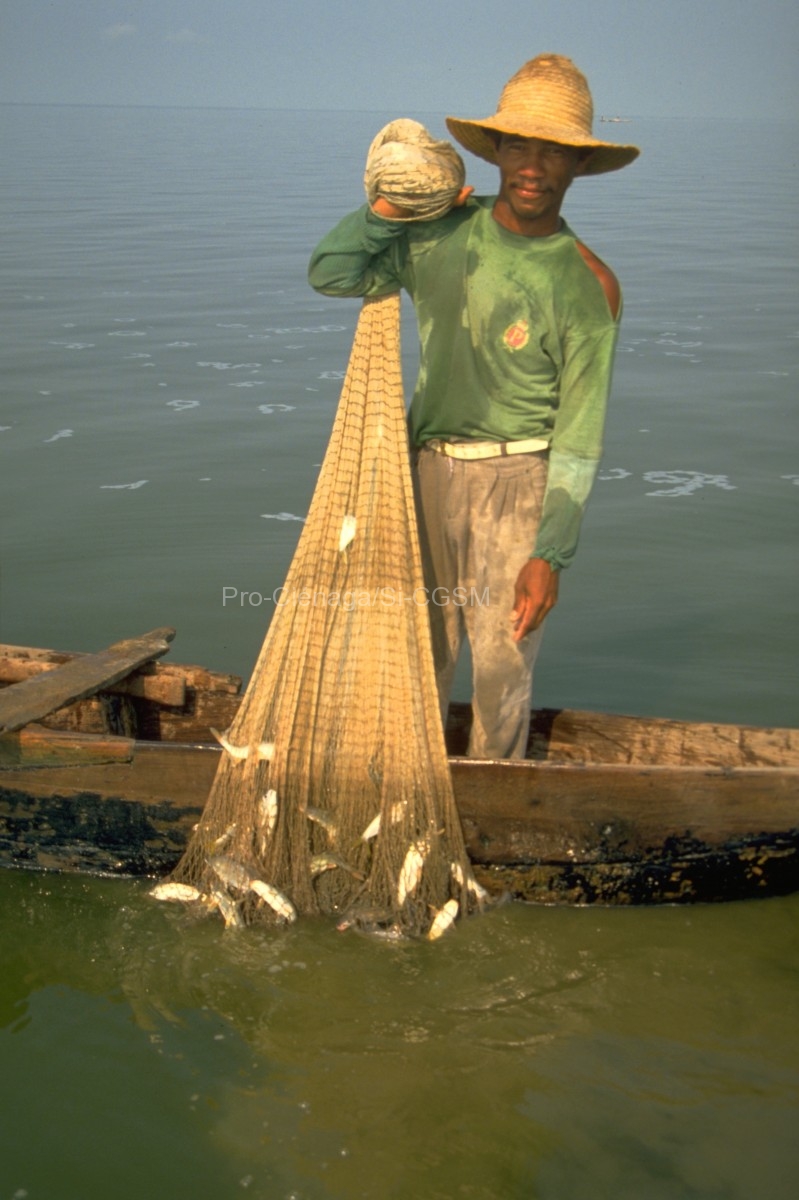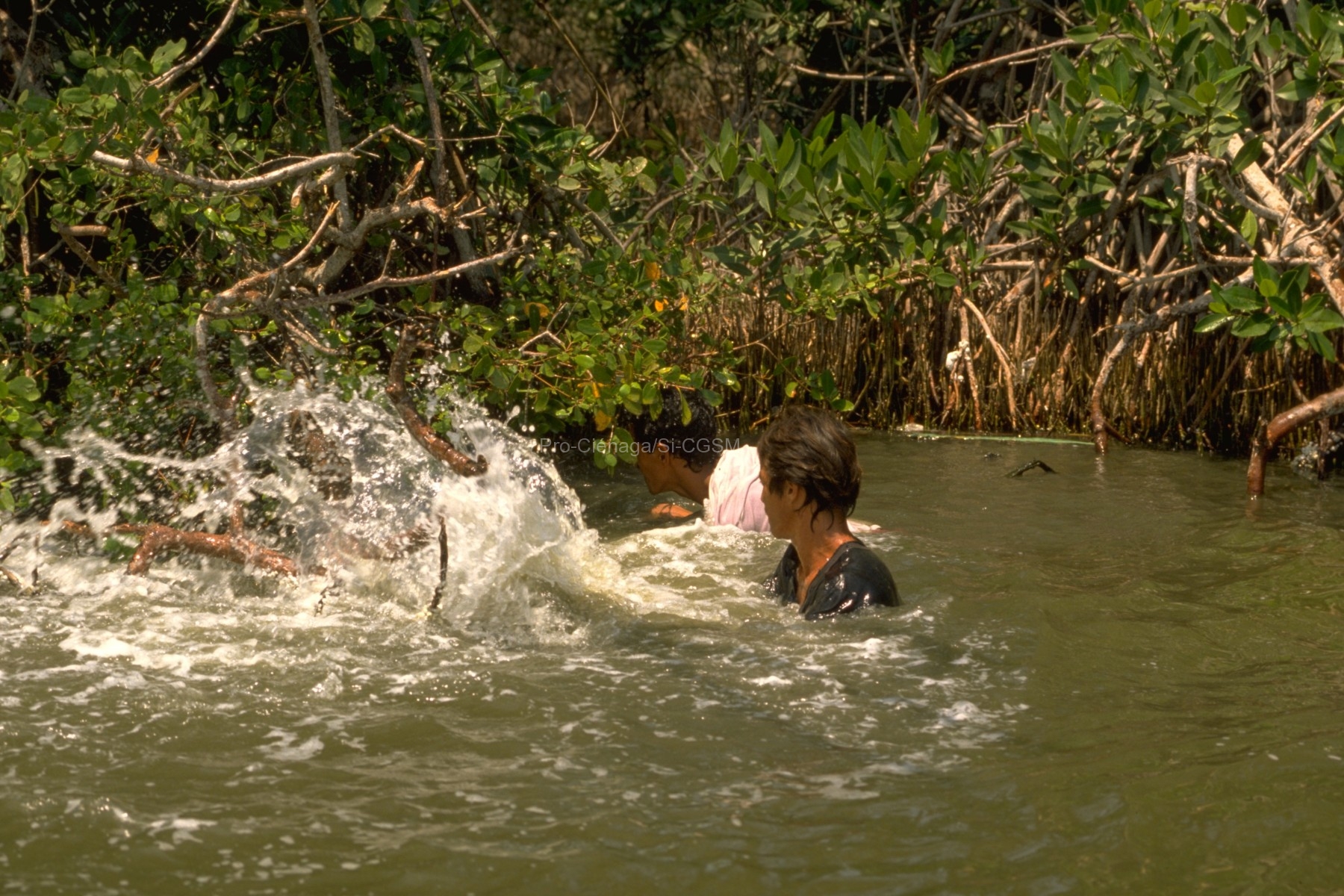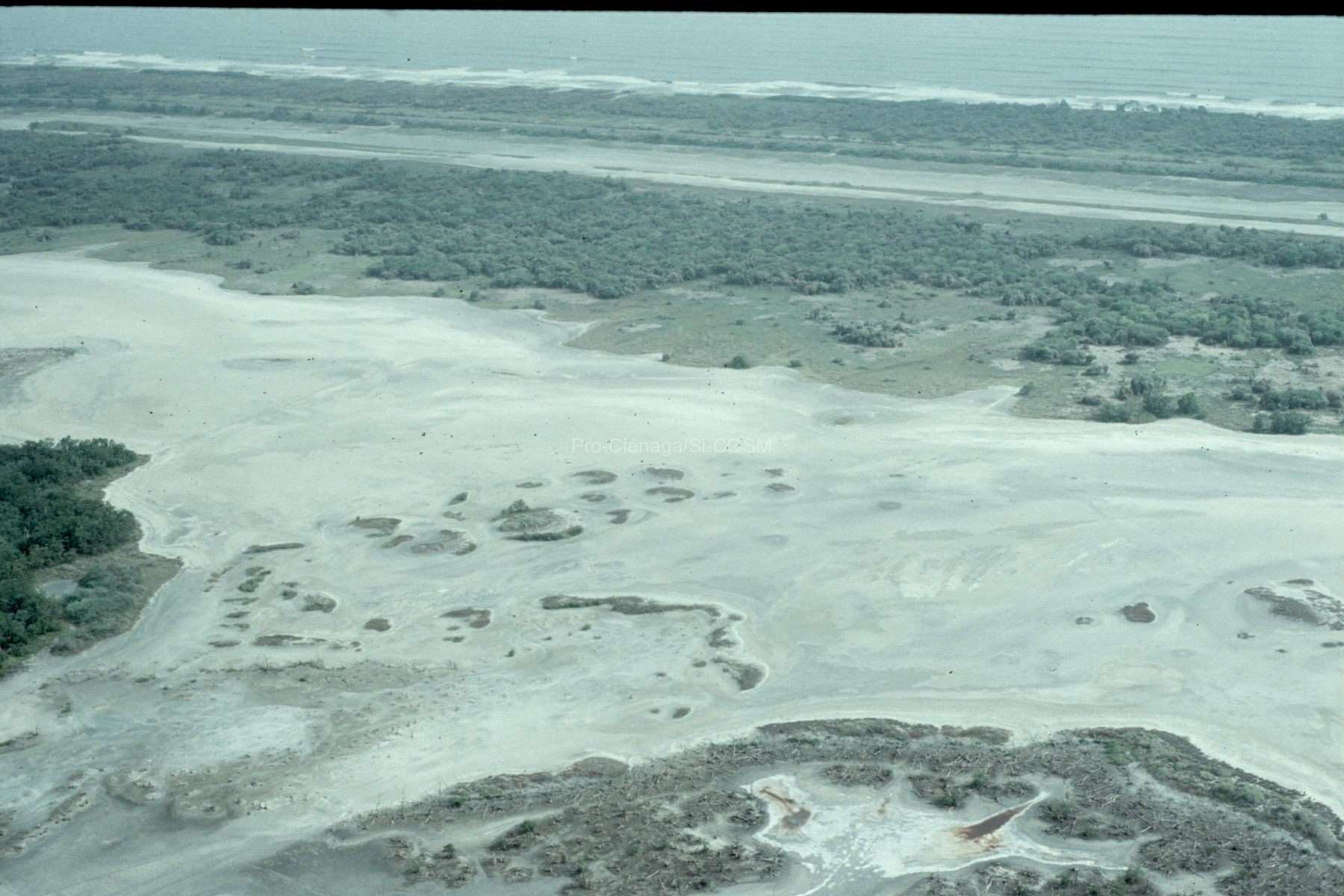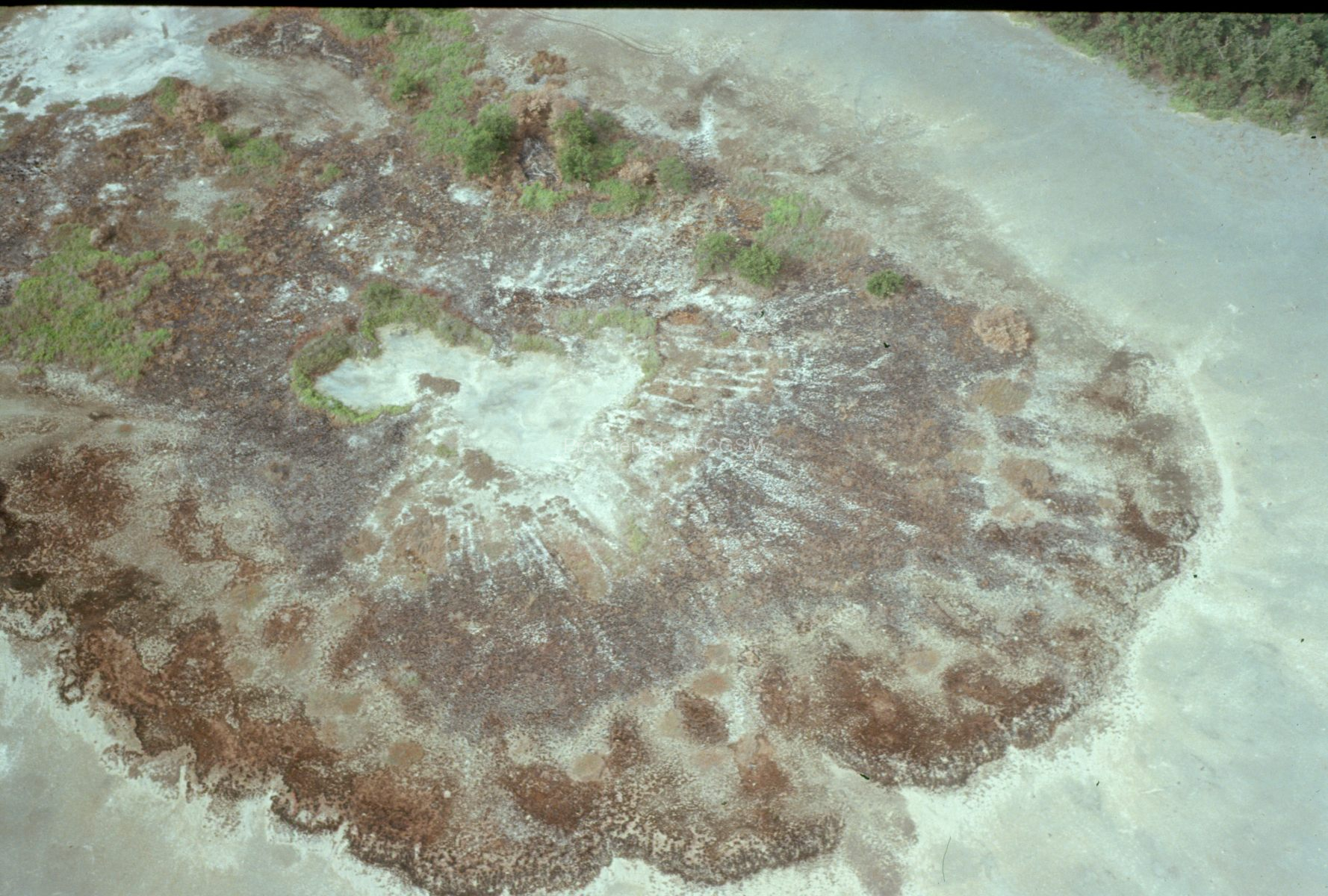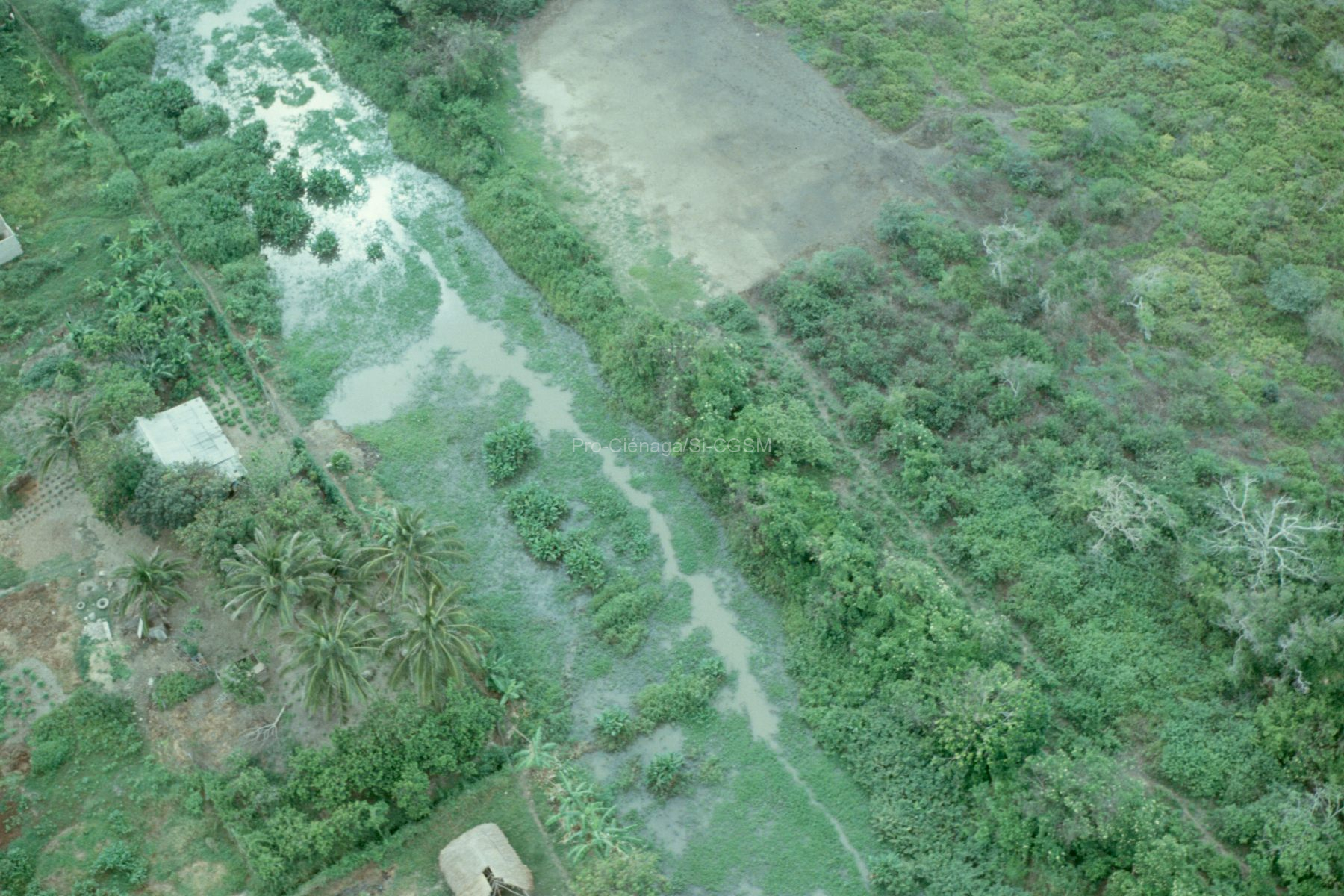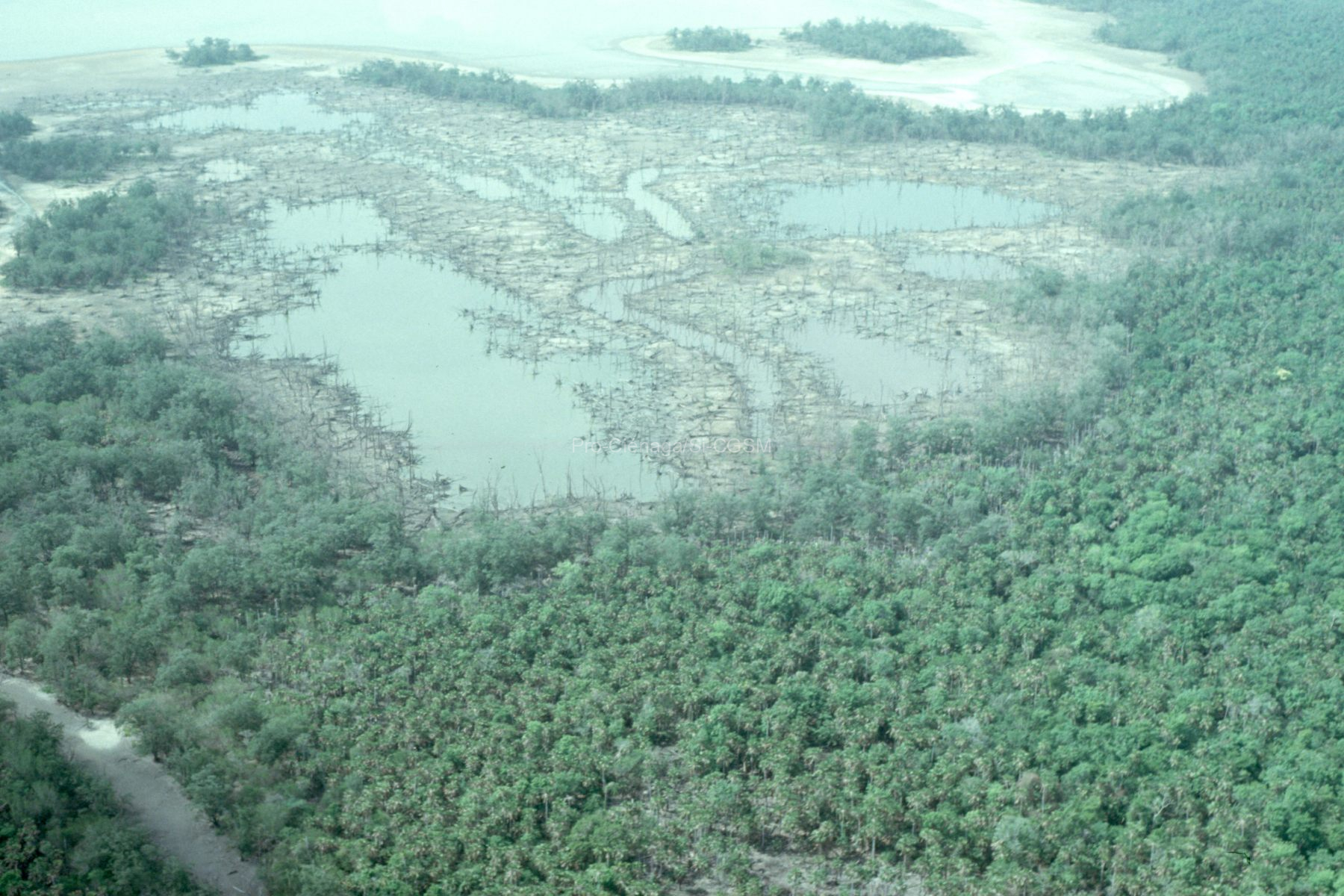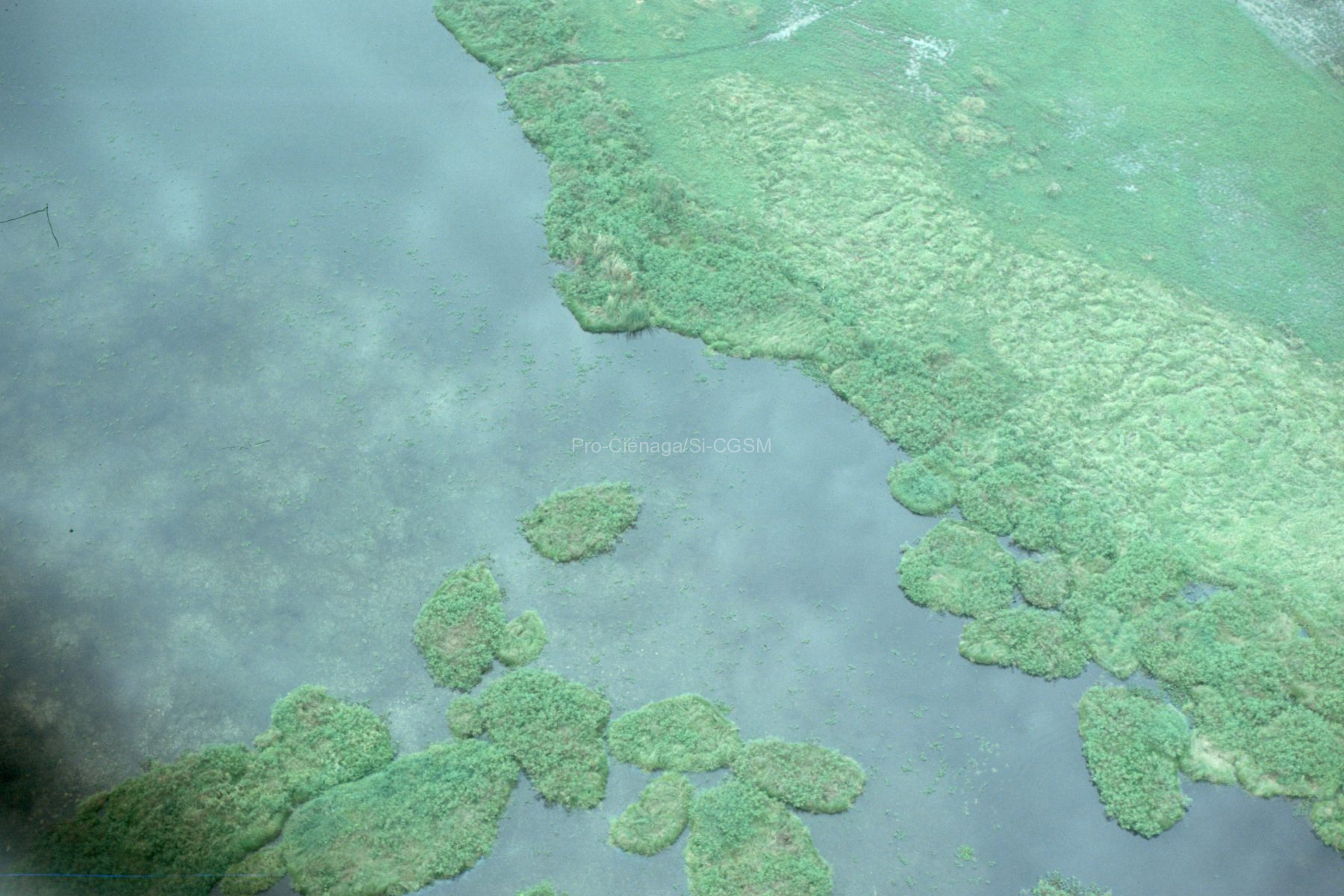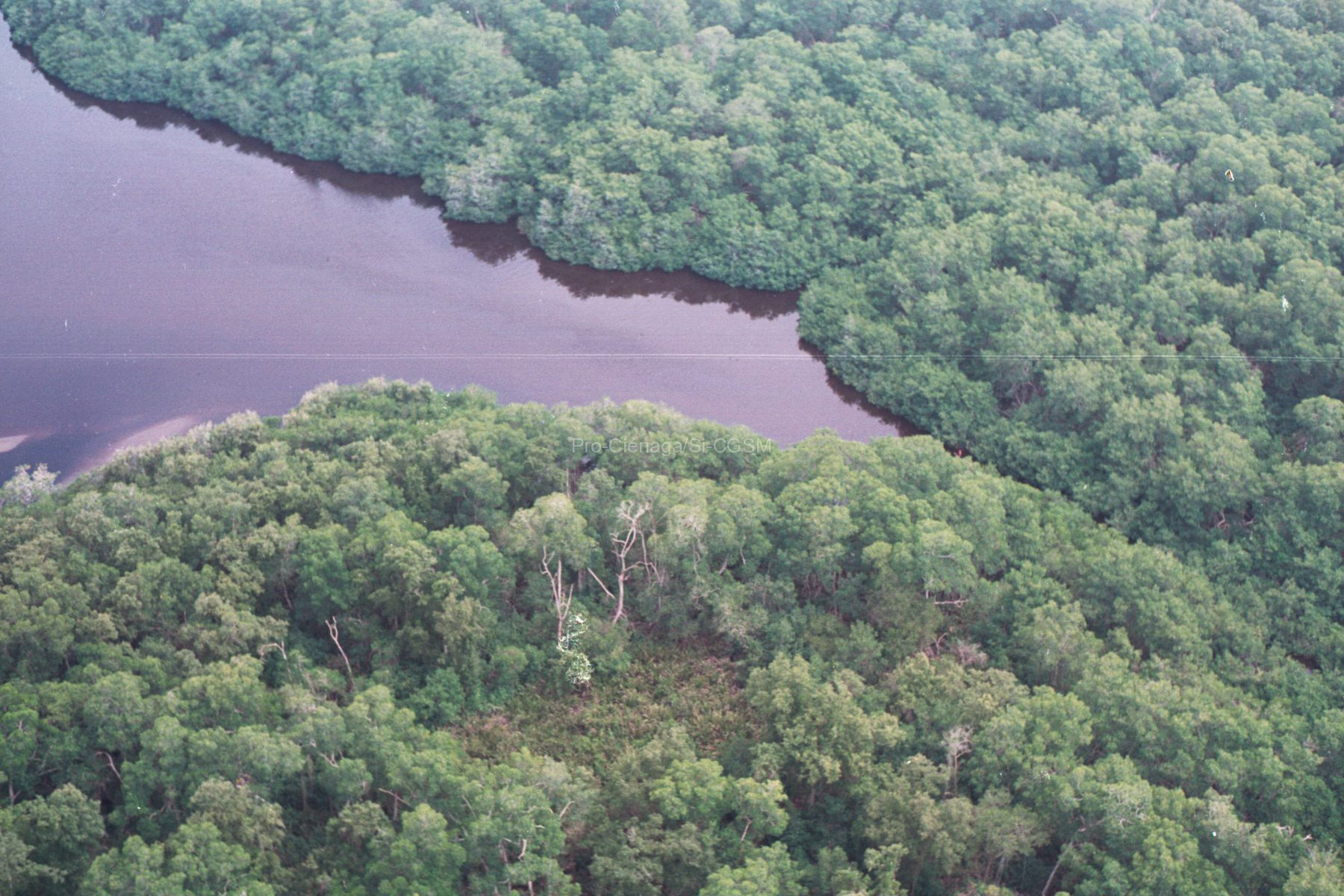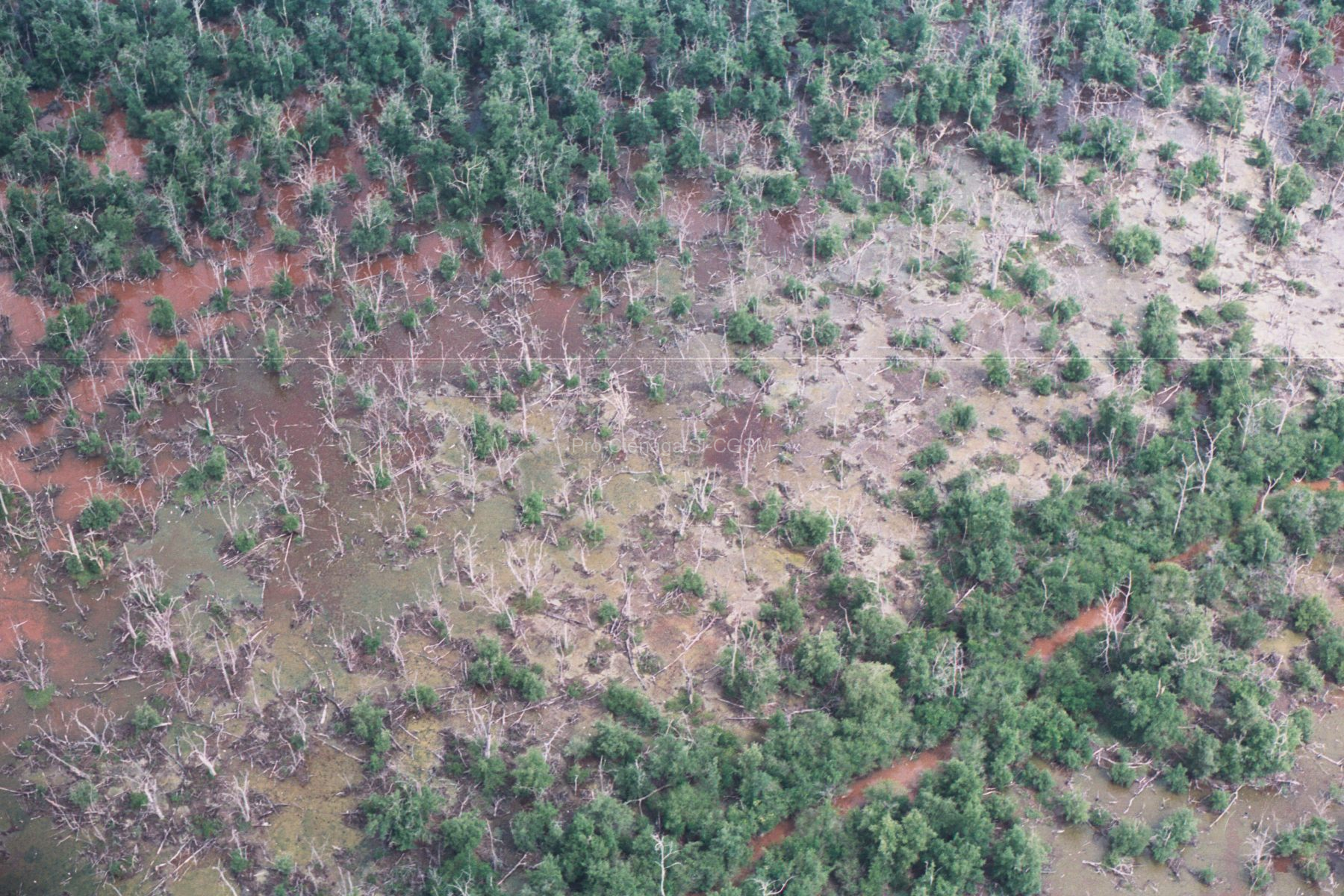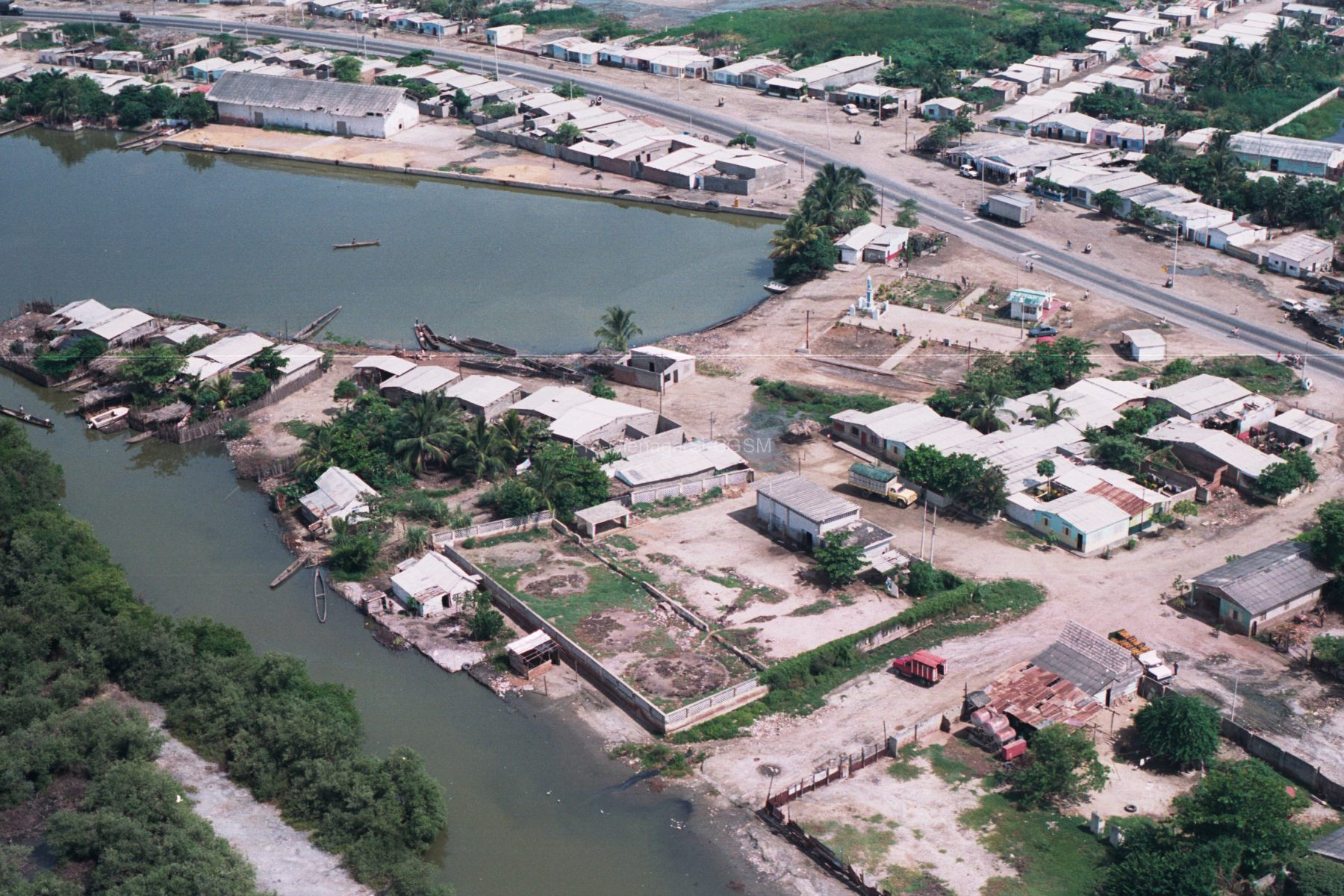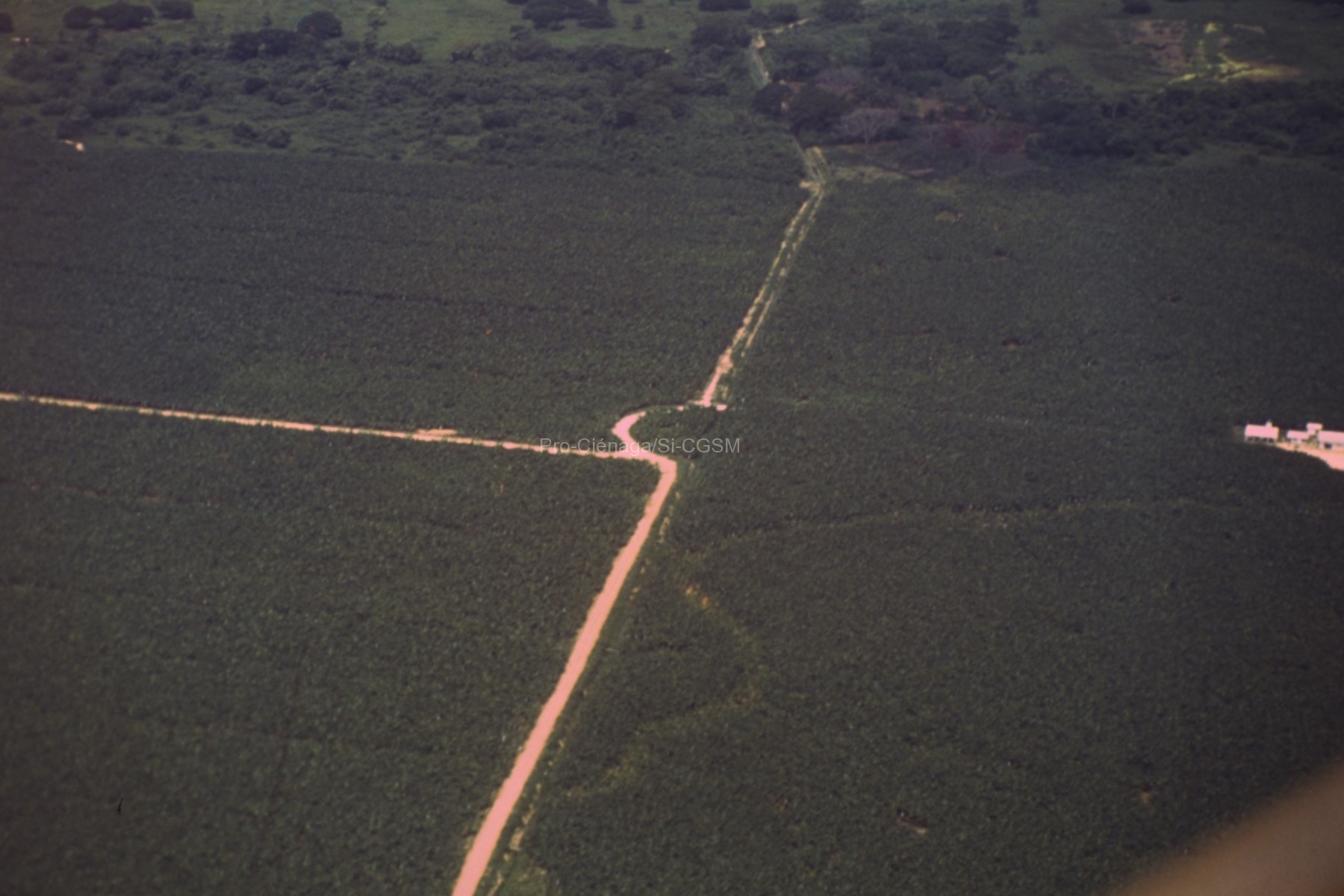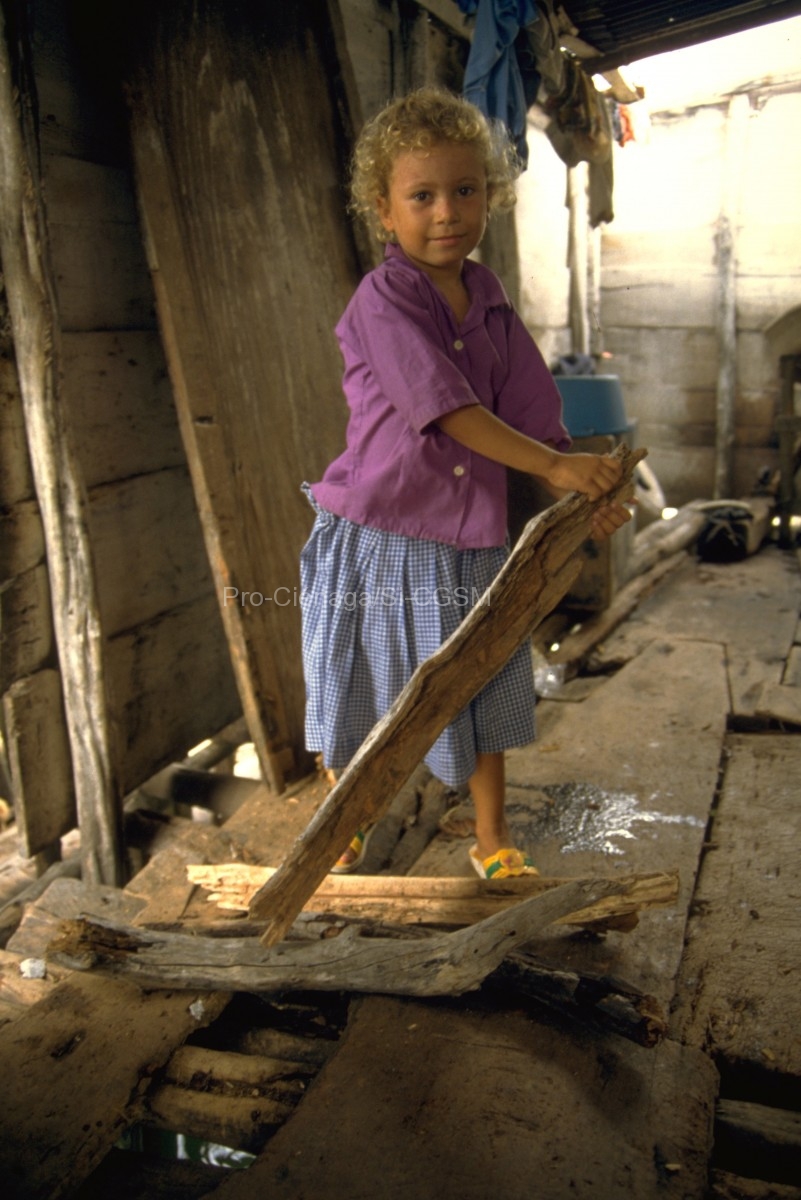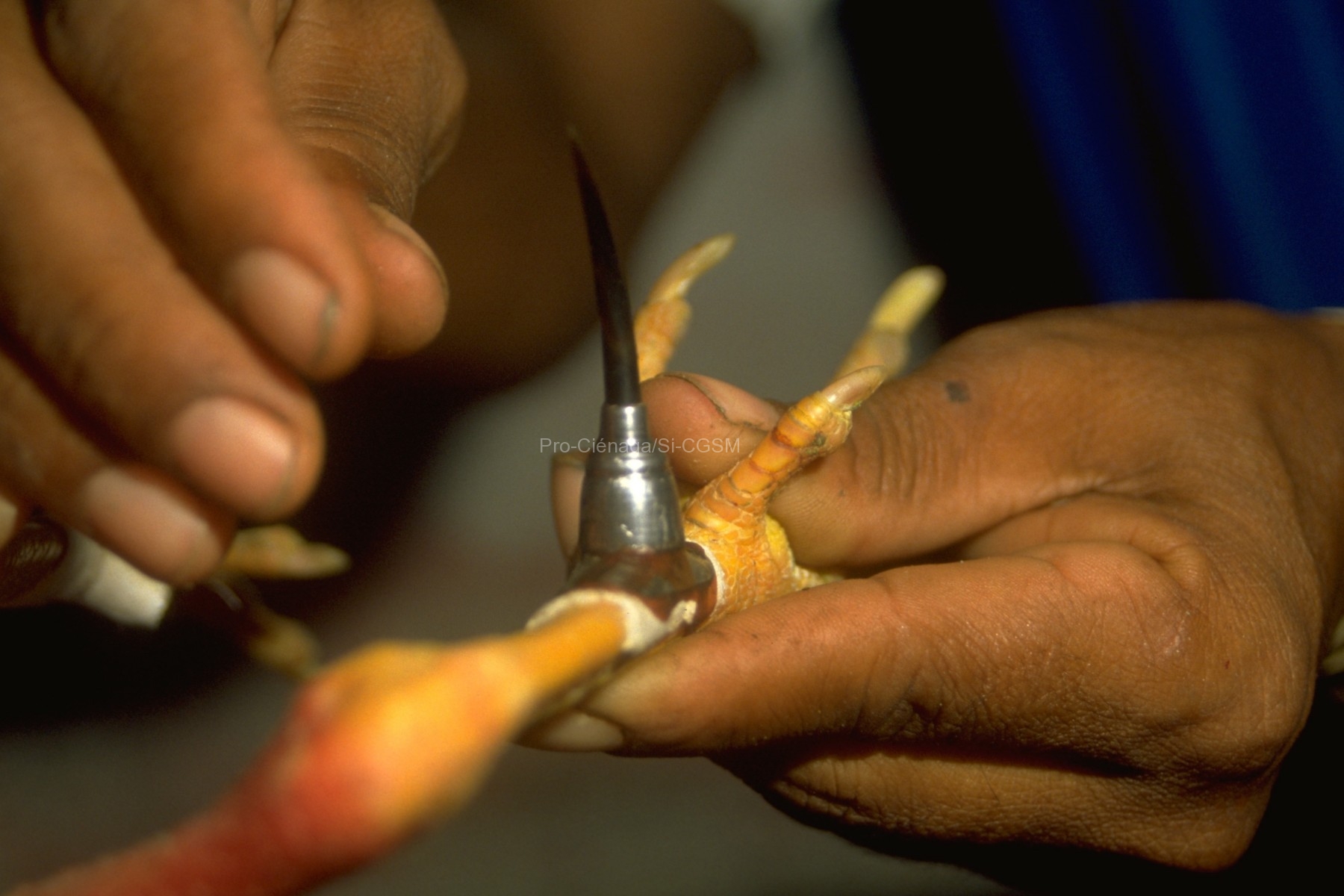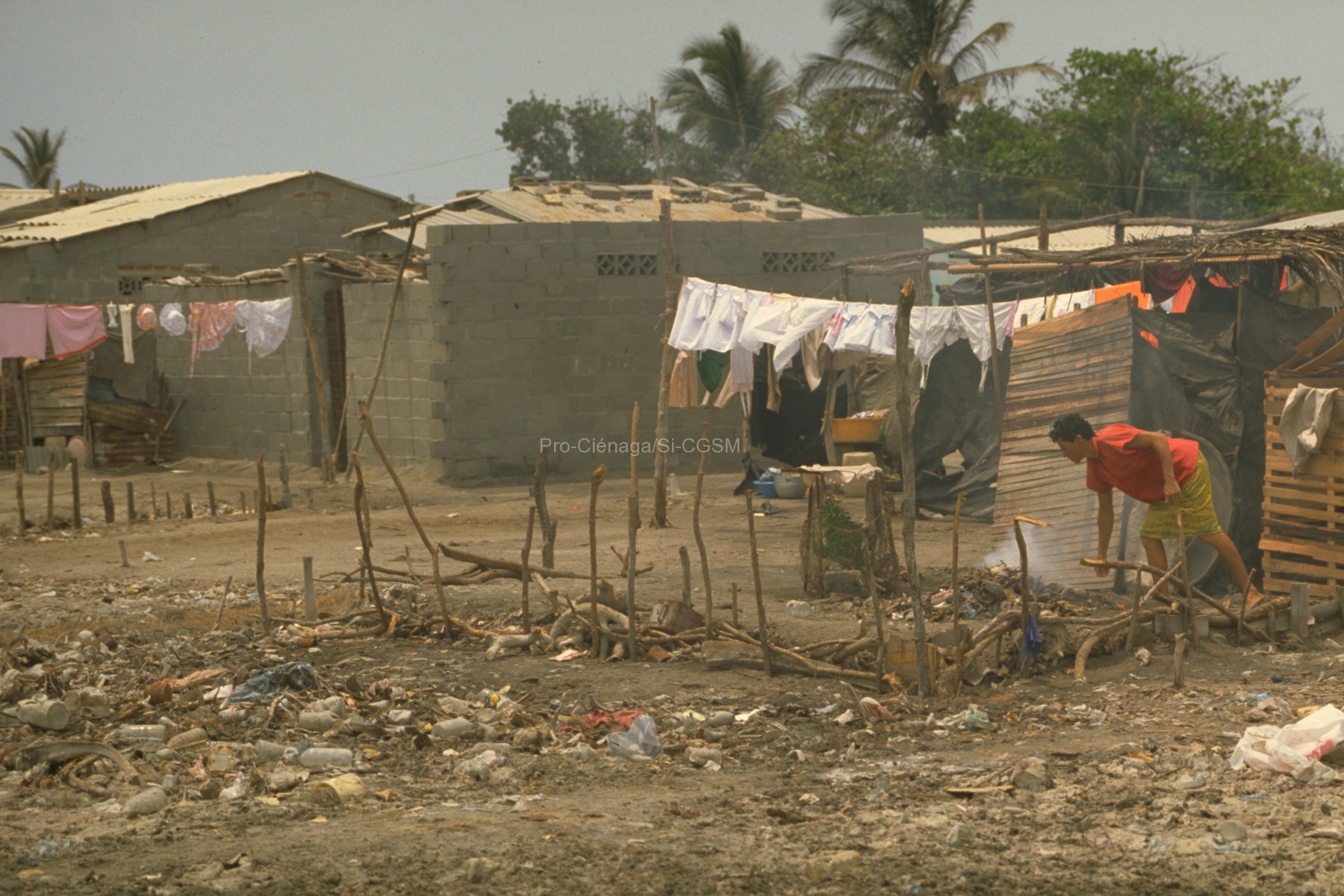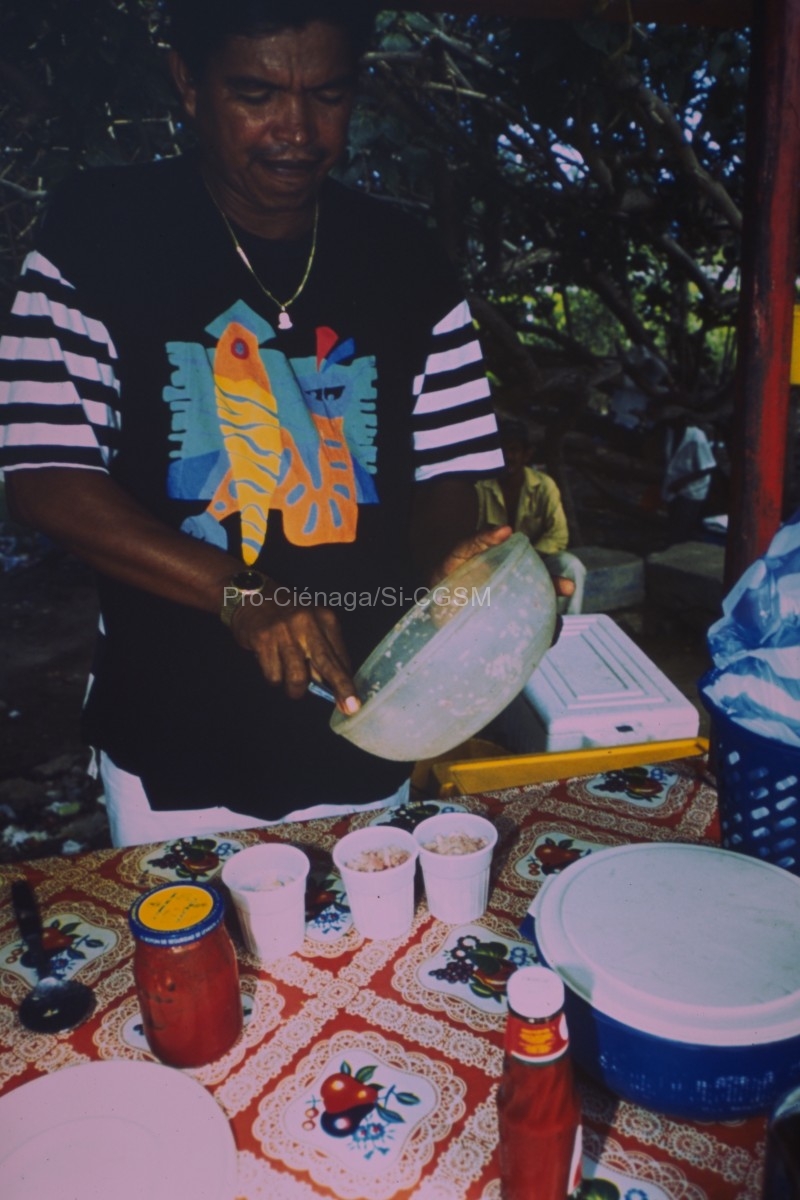https://aquila.usm.edu/cgi/viewcontent.cgi?article=1370&context=gcr Food selection by fishes is an important piece of information for modeling food webs in aquatic ecosystem. Monthly collections were made over a twenty-four hour...
Seguir leyendo...Biodiversidad
Duque Nivia, G. (1997?). Hábitos alimentarios y relaciones tróficas de Anchovia clupeoides (Pisces: Engraulidae) en la Ciénaga Grande de Santa Marta, Caribe colombiano. Congreso Colombiano de Ecología: I Simposio Colombiano de Ictiología 4, 16-20 de mayo de 1997?. Melgar, Colombia, p. 21.
Con el objeto de determinar los hábitos alimentarios (composición, selectividad, ración diaria y consumo de la población) de Anchovia clupeoides (Pisces: Engraulidae) en la Ciénaga Grande...
Seguir leyendo...Duque Nivia, G. (1993). Ecología trofica y aspectos reproductivos de las especies del género Oligoplites (Pices: Carangidae) de la Ciénaga Grande de Santa Marta, Caribe colombiano. Tesis, Fac. de Ciencias, Universidad del Valle, 100 p.
Entre mayo de 1992 y abril de 1993 se realizó en la Ciénaga Grande de Santa Marta, un estudio de 2 especies del género oligoplites, con...
Seguir leyendo...Duque, G., & Acero P., A. (2006). Ración diaria y consumo de alimento de la población de Anchovia clupeoides (Pisces: Engraulidae) en la Ciénaga Grande de Santa Marta, Caribe Colombiano. Bol. Invest. Mar. Cost., 35, 207-221.
DCA En estuarios tropicales, la mayoría de peces se alimentan a diferentes horas durante el ciclo diario. Con el objeto de determinar la ración diaria y...
Seguir leyendo...Duque, G., & Acero P., A. (2003). Food habits of Anchovia clupeoides (Pisces: Engraulidae) in the Ciénaga Grande de Santa Marta, Colombian Caribbean. Gulf of Mexico Science, 21(1), 1-9.
DCA Food habits of the Zabaleta anchovy Anchovia clupeoides (Swainson, 1839) in the coastal lagoon Ciénaga Grande de Santa Marta, northeast Colombia, were examined. A total...
Seguir leyendo...Dueñas-Ramírez, P. R., & Dueñas-Lagos, A. C. (2016). Primer registro de Branchiomma coheni (Polychaeta: Sabellidae) en las costas del Caribe colombiano. Rev. Mar. Cost, 8(2), 101-105.
http://dx.doi.org/10.15359/revmar.8-2.7 La especie invasora Branchiomma coheni Tovar-Hernández y Knight-Jones, 2006, familia Sabellidae, hasido recolectada en la Bahía de Cispatá, Morrosquillo y en la Ciénaga Grande de...
Seguir leyendo...Díaz-Ricaurte, J. C., Serrano, F., & Ferreto Fiorillo, B. (2018). Clelia clelia (Daudin, 1803). Cazadora negra, chonta, culebra minadora, lisa, tisnada. 4(2): 23-31, 9.
DCA Distribución geográfica: Clelia clelia se distribuye desde los 0 a los 2000 m s. n. m. (Savage 2002), aunque hay estudios que han reportado una...
Seguir leyendo...Díaz-Ayala, R. F., Gutiérrez-Cárdenas, P. D. A., Vásquez, A. M., & Caicedo-Portilla, J. R. (2015). New records of Diploglossus monotropis (Kuhl, 1820) (Squamata: Anguidae) from Urabá and Magdalena River valley, Colombia, with an updated geographic distribution map. Check List, 11(4), 7.
http://dx.doi.org/10.15560/11.4.1703 Based on recent records, published data, and review of specimens deposited in scientific collections, we present an updated map of the geographic distribution of Diploglossus...
Seguir leyendo...Díaz, J. A., Castillo, C. J., Montes, L. F., & Atencia, P. L. (2018). New records of Bachia bicolor (Cope, 1896) in the Caribbean Region of Colombia (Squamata, Gymnophthalmidae). Herpetology Notes, 11, 907-909.
DCA The genus Bachia Gray, 1845 is widely distributed in South America and exhibits its greatest diversity in the semi-arid foothills and in the low tropical...
Seguir leyendo...del Castillo Domínguez, S. L., González, C. A. M., Fernández, E. B., Pelea, L. P., Cézilly, F., & Bosch, R. A. (2021). Predicting the invasion of the acoustic niche: Potential distribution and call transmission efficiency of a newly introduced frog in Cuba. Perspectives in Ecology and Conservation, 19(1), 90-97.
https://doi.org/10.1016/j.pecon.2020.12.002 Leptodactylus fragilis is a recently introduced frog in Cuba, where it may impact local populations of amphibians in different ways. Here, we combined two methods...
Seguir leyendo...
